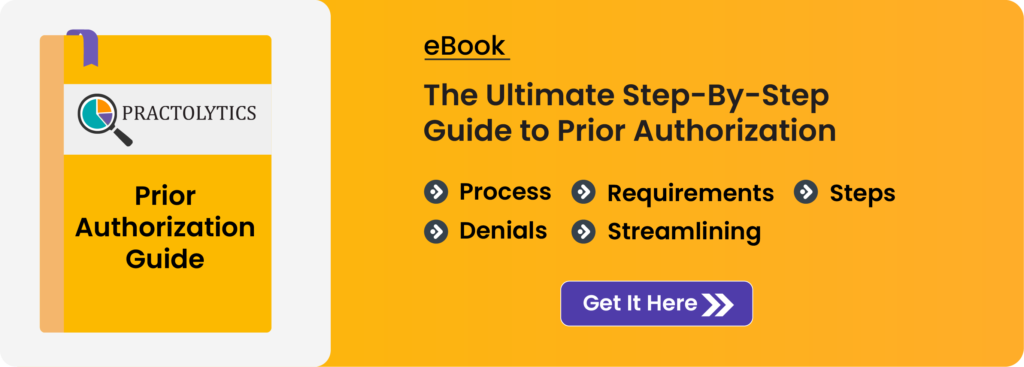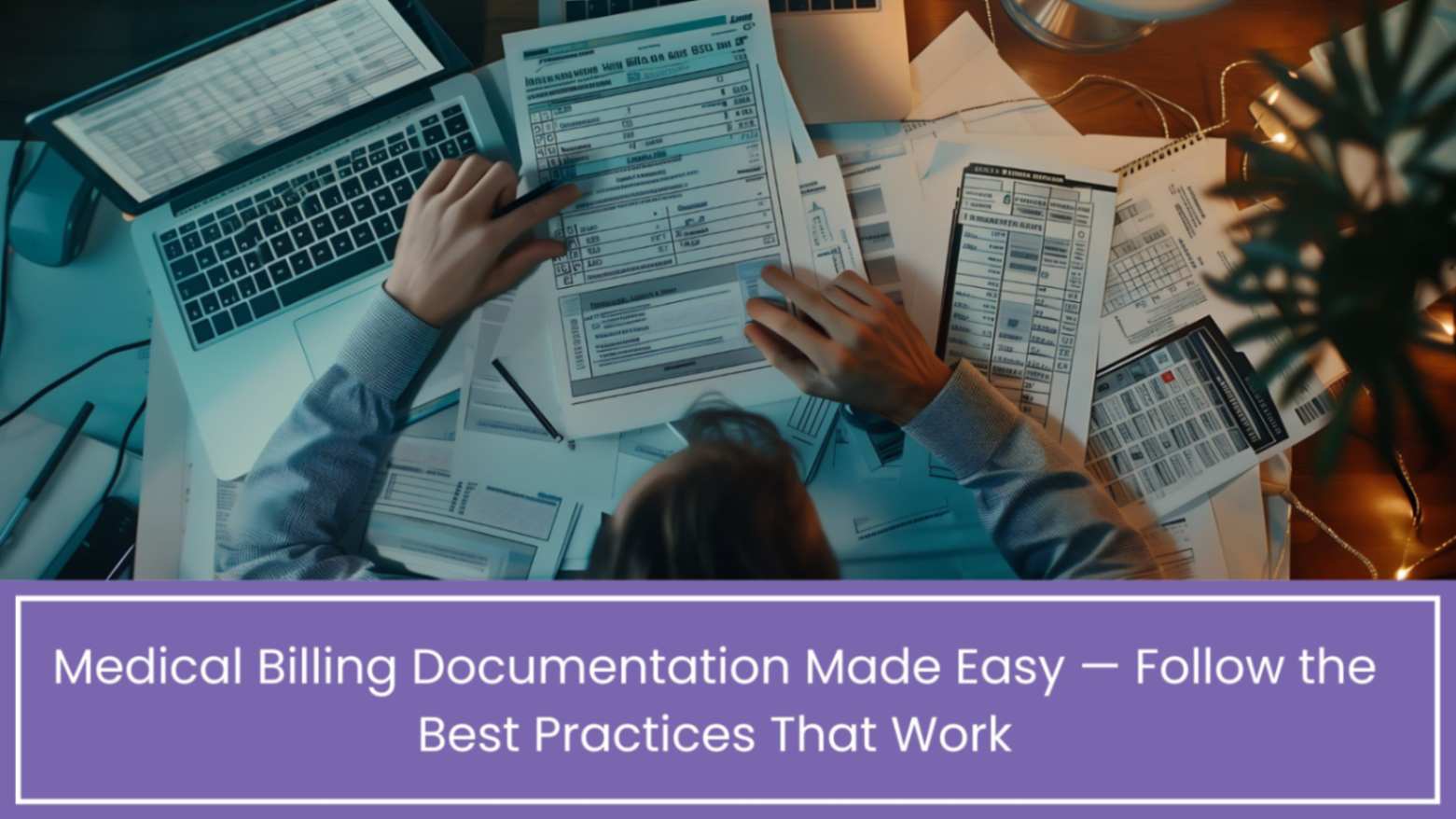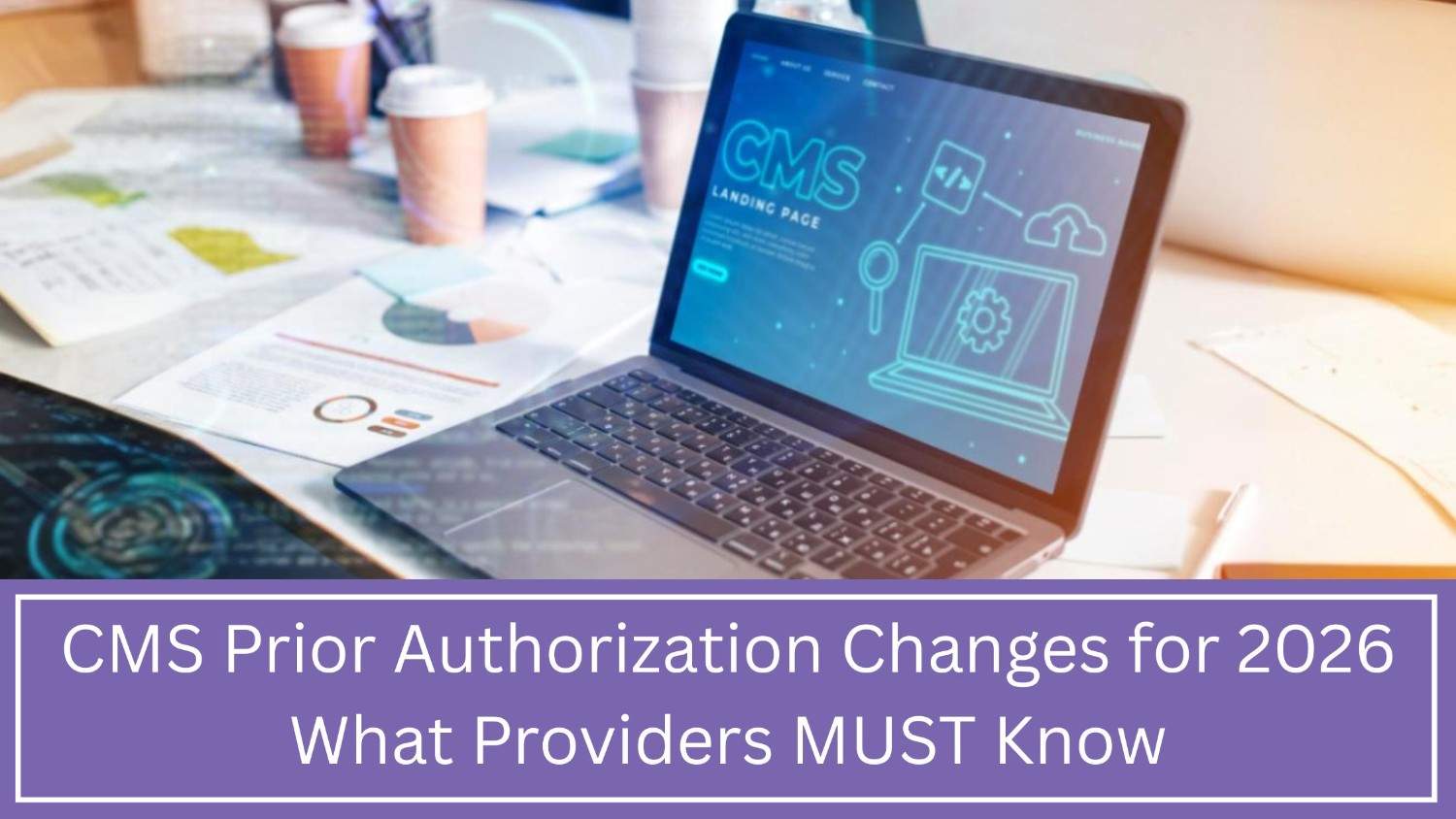Understanding Financial Responsibility in Prior Authorization
Let’s be real — managing Understanding Financial Responsibility in Prior Authorization can feel like juggling flaming torches. Patients want clarity. Payers want rules followed. And your staff? They just want the headaches to stop. This guide breaks it down in plain English. We’ll talk about patient financial responsibility in healthcare, how to handle the prior authorization financial impact, and why cost transparency in medical billing matters more than ever. We’ll also give tips on understanding medical insurance coverage so your team can have better conversations with patients. The goal? Fewer denials, faster approvals, happier patients — and a calmer workday.
If you run or work in a healthcare practice, you already know: prior authorizations can make or break your day. They’re the speed bumps between you and payment. And if patients don’t understand what’s covered, they end up shocked by bills.
That’s why Financial Responsibility in Prior Authorization is so important. When you get a handle on it, you avoid lost revenue cycle management, reduce patient frustration, and keep your schedule moving.
Think of it like this: you wouldn’t start a road trip without checking your fuel. Prior auth is the fuel check for your revenue cycle.
Table of Contents
What Is Prior Authorization and Why It Exists?
If you’ve ever felt like you’re jumping through hoops before you can treat a patient, you’re not imagining it.Outsourcing Prior authorization Services is basically the insurer’s formal way of saying, “Yes, this treatment, test, or medication fits the plan — go ahead.” Without that “yes,” you’re taking a gamble. Deliver the service first and you could end up with a denied claim or a frustrated patient facing an unexpected bill.
Why do insurers insist on this process? A few reasons:
- They’re trying to control costs and avoid unnecessary care. Payers don’t want to reimburse expensive procedures if a less costly option is just as effective.
- They want to ensure treatments follow evidence-based guidelines. This is meant to protect both the patient and the payer.
- They’re verifying patient eligibility and coverage before the service happens.
On paper, it sounds reasonable — and in many ways it does protect the system. But in real life it often creates friction. According to MGMA, 1 in 4 patients experiences a delay in care because of prior authorization requirements. Those delays can damage patient satisfaction and cash flow at the same time.
The good news? With the right workflows, technology, or a specialized partner, you can shrink approval times and dramatically cut denials. That directly reduces the prior authorization financial impact on your practice. Clear communication about patient financial responsibility in healthcare, strong checks on cost transparency in medical billing, and better staff training on understanding medical insurance coverage all add up to a smoother process. When you take control of prior authorization instead of letting it control you, you protect your revenue cycle, keep care moving, and build more trust with your patients.
Defining Financial Responsibility in the prior Authorization Context
In the Prior Authorization world, “financial responsibility” just means: who pays for what. It could be the patient, the insurer, or sometimes (unfortunately) your practice if a claim is denied.
We’re talking:
- Copays, coinsurance, deductibles
- Out-of-network surprises
- Non-covered services
Here’s where it gets tricky: patients often don’t really “get” their benefits. Understanding medical insurance coverage can feel like decoding a secret language. That’s why you need to clearly explain patient financial responsibility in healthcare upfront.
When you also lean into cost transparency in medical billing, you stop billing surprises before they start. Patients feel respected. Your staff stops chasing balances.
Tips to Keep Financial Risk Low!
Here are a few practical moves to make the prior authorization financial impact way less scary:
Check Insurance Early
Before you book that MRI or infusion, run an eligibility check. It’s your best defense against denials and “I didn’t know” moments.
Train Your Team on Patient Financial Responsibility in Healthcare
Your front desk is your first line of defense. Give them cheat sheets and scripts. When they’re confident, patients feel confident too.
Be Upfront About Cost Transparency in Medical Billing
Use real-time benefit tools to give patients a heads-up about costs. People appreciate honesty, even if the numbers aren’t pretty.
Let Tech Do the Heavy Lifting
Automation can prefill forms, track requests, and ping your team when something’s missing. Approvals move faster and mistakes drop.
Consider Outsourcing to Experts
Companies like Practolytics live and breathe this stuff. They:
- Cut denials by up to 60%
- Speed approvals from a week to days
- Reduce staff burnout
Outsourcing isn’t about giving up control — it’s about taking the stress off your plate so you can focus on patient care.
What’s Next: Data-Driven Trends?
The future of prior authorization is all about instant answers. CMS and payers are testing real-time decisions with APIs. That means soon you’ll be able to:
- Check eligibility instantly
- See predictive flags on high-risk claims
- Link EMR, billing, and payer portals seamlessly
Practices that jump on these tools early will see fewer denials, better cash flow, and happier patients. In other words, Managing Financial Responsibility in Prior Authorization will turn from a chore into an advantage.
Conclusion:
At the end of the day, Financial Responsibility in healthcare Prior Authorization isn’t just about paperwork. It’s about trust, cash flow, and patient care. When you’re upfront about patient financial responsibility in healthcare, explain coverage clearly, and embrace cost transparency in medical billing, everyone wins. Add technology or a specialized partner like Practolytics, and you’ve got a recipe for fewer headaches and better outcomes. Prior auth doesn’t have to be a bottleneck. Done right, it’s a smoother, smarter path for your practice and your patients.
About Practolytics!!!
Think of healthcare pre-authorization as getting a green light before you drive. It keeps cash flow steady and stops insurers from saying “no” later. Over 80% of claim rejections could have been avoided with proper Prior Authorization. And delays affect 1 in 4 patients — but top-notch services streamline it all.
Practolytics gives you:
- Real-time status tracking
- Complete paperwork handling
- Coordination with both payers and providers
The result? Fewer denials, faster approvals, less admin work, and happier patients. It’s a win for your business and the people you serve.
What does “financial responsibility” mean in prior authorization?
It’s basically about who’s paying for what. When a service needs prior approval, part of the bill might be covered by insurance and part might land with the patient — things like copays, deductibles, or stuff the plan just doesn’t cover. If you explain that in advance in simple words (“Here’s what your plan pays, here’s what you may owe”), most billing headaches never happen. Patients are much calmer when they know what to expect.
How do specialized prior authorization services benefit my radiology practice?
Radiology is one of the toughest areas for prior auth — MRIs, CTs and high-ticket scans always need lots of paperwork. A company that specializes in this lives and breathes insurer rules. They gather the right documents, send everything in, chase the approvals, and keep you updated. That frees up your staff, cuts down on denials, and gets patients on the scanner faster instead of sitting on a wait-list.
How does prior authorization influence the total cost of care for my patient?
Done well, prior authorization services can actually save patients money because it stops unnecessary or duplicate treatments. Done badly, it can delay care or create surprise bills. The trick is to check benefits early and talk through costs with patients before you go ahead. That way nobody’s blindsided and your patient can plan for any out-of-pocket pieces.
Should I delay treatment until prior authorization is confirmed?
If it’s not a true emergency, yes — it’s worth waiting for the green light. When you have the approval, you’re much less likely to get a denied claim or hand a patient a bill they weren’t expecting. The only time you skip it is when waiting would actually harm the patient.
How do I discuss potential costs without discouraging necessary care?
Just be upfront and kind. Use plain language, give them an estimate, and explain why you’re checking all this in the first place — to keep their costs as low as possible. Reassure them you’re on their side and working to get approvals quickly. Most people appreciate the honesty and it actually builds trust instead of scaring them off.
Read More – Prior Authorization Services for Podiatry : improving Patient Access and Care






